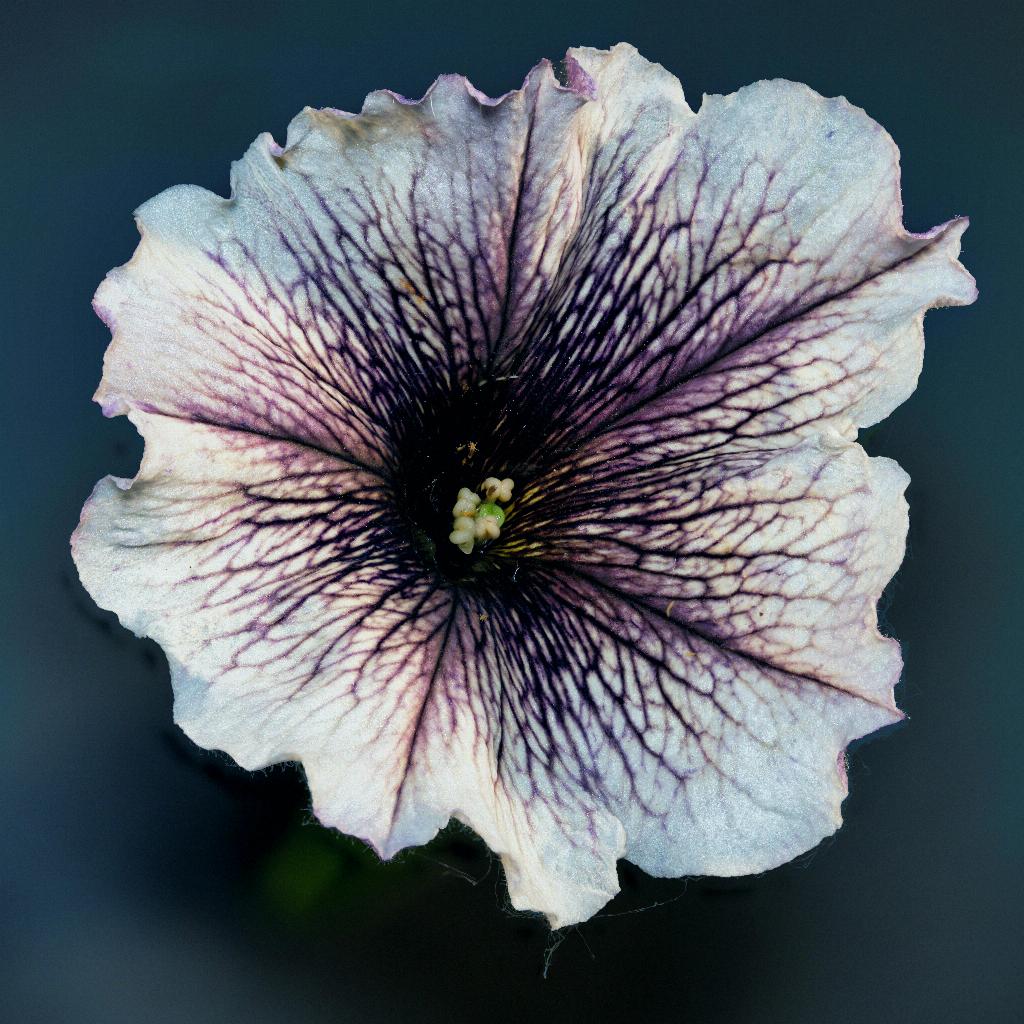When it comes to maintaining the health and beauty of your petunias, knowing how to effectively trim them back is essential. Properly trimming your petunias helps promote new growth, improves flowering, and prevents the plant from becoming leggy and straggly.
Start by examining your petunias for any dead or faded flowers. These spent blooms not only detract from the plant’s appearance but also divert energy away from producing new flowers. By deadheading regularly, you encourage the plant to focus its energy on developing new buds.
Using a sharp pair of pruning shears, cut back the stem of the faded flower to just above a set of healthy leaves or buds. This encourages the plant to branch out and produce more flowers, promoting a fuller and more vibrant display.
In addition to deadheading, it’s also important to trim back any leggy or overgrown stems. Look for stems that appear long and sparse, as these can hinder the overall appearance of the plant. Trim these back to a healthy node or set of leaves to encourage new growth.
Regularly trimming your petunias not only keeps them looking neat and tidy but also helps prevent the plant from becoming overcrowded. Overcrowding can lead to poor air circulation, which in turn can make the plant more susceptible to pests and diseases.
When trimming back your petunias, remember to avoid cutting into old, woody growth. Focus on removing younger, leggy stems to encourage new growth and maintain the plant’s overall shape. Take your time and trim back the plant gradually, allowing it to recover and flourish.
After trimming back your petunias, be sure to water them thoroughly to help them recover from the pruning process. Consider applying a balanced fertilizer to provide the plant with essential nutrients for new growth and flowering.
It’s important to continue monitoring your petunias throughout the growing season and trim them back as needed. Regular maintenance will help keep the plant in top condition and ensure a continuous display of beautiful blooms in your garden.
By following these simple guidelines and being mindful of your petunias’ growth patterns, you can effectively trim back your plants to promote healthy growth and abundant flowering. Remember that each plant is unique, so take the time to observe and respond to its individual needs.
In conclusion, trimming back petunias is a simple yet crucial aspect of caring for these colorful and versatile plants. With regular maintenance and a gentle touch, you can enjoy a stunning display of blooms throughout the season, enhancing the beauty of your garden or outdoor space.

